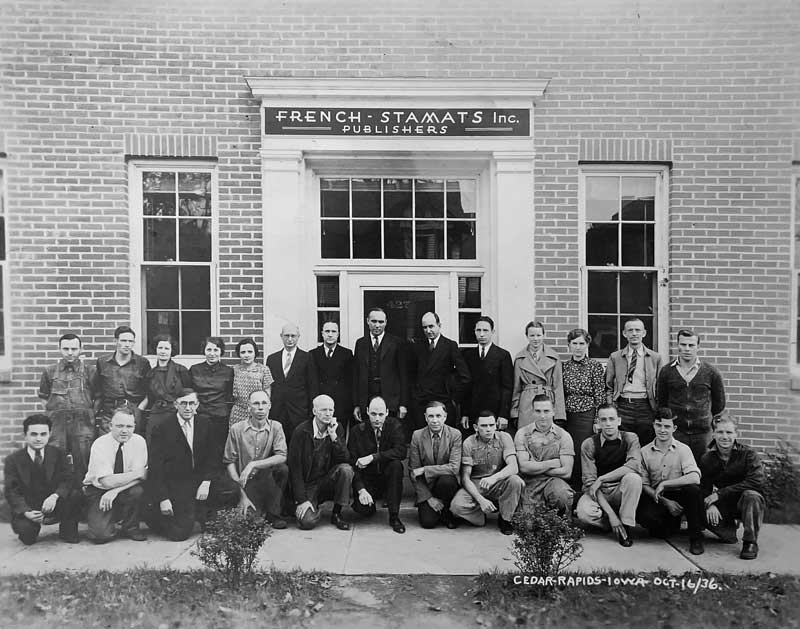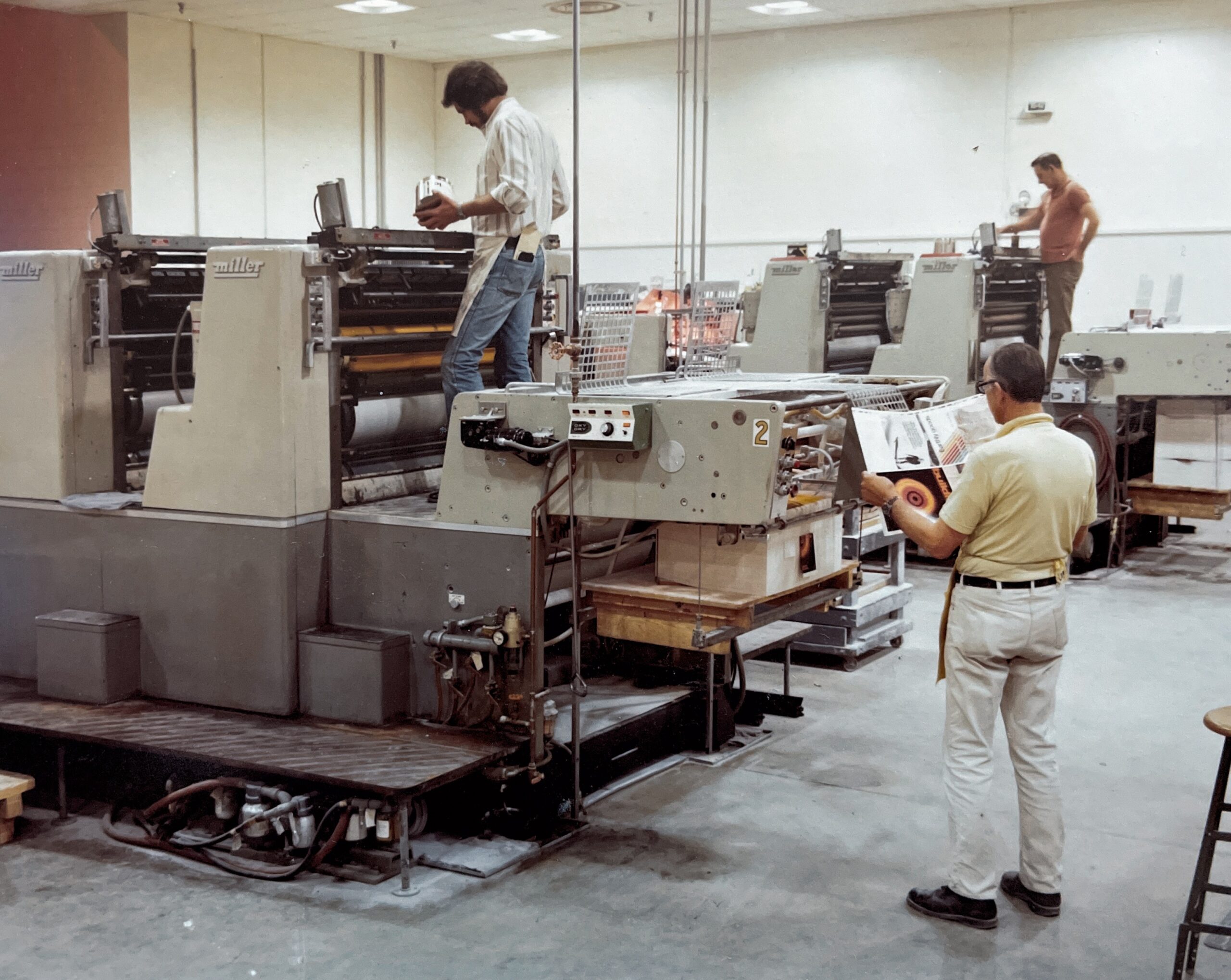Suddenly, you’ve gone from professional SEO rockstar to the under- or over-dressed one at the swank party. Yes, I speak from bitter, bitter experience. I am not comforted—nor, I imagine, are you—that this is common. Search Engine Land puts it this way: “Your working theory should be that even the best content gets ignored.”
Still, there is hope for every content wallflower out there. It’s not how you’re dressed. (Those keywords are just fine, sweetie.) It’s about getting your links game on.
Links Are the OG Search Engine
Surprise—the Internet predates Google and Bing. How did we find things? We counted on people or entities we trusted to put links to related content or new ideas in their blogs or on their websites. How well did it work? Even though I lived through it, I still find it hard to believe we had an internet before search engines.
Links are still essential to SEO. Google looks at your place in the web of links, particularly your inbound or backlinks (links on other people’s sites that point back to you) to determine your expertise, authoritativeness, and trustworthiness (“EAT” in the sea of SEO acronyms).
In other words, it’s not what you know; it’s not even who you know; it’s who knows you. But—I can hear your wail way over here in Iowa—that’s my problem! Nobody knows me.
There’s only one solution: start networking. The Internet is like a big party with a billion people talking; your content has popped up somewhere in the mix and is just staring all around. Get into the conversation with these three simple rules.
Craving a deeper dive into how Google sees you and your content? Schedule a free consultation with our digital strategists.
Rule 1: Answer User Questions
To be honest, this is table stakes in your linking strategy: Have something worth saying. Write great content that matters to your audience.
Search engines match users with content that answers their questions. They match what goes into a search box (or a voice assistant’s microphone) with the content on your page. Do these things for SERP-worthy content:
- Answer users’ questions (write for your audience, not to them)
- Use the words and phrases entered in search engines (do your SERP homework)
- One idea at a time (write for busy, multi-tasking people)
- Add to the conversation (I haven’t yet found an AI who can)
- Maybe: Offer a different take—you might make it into Google’s “Perspectives” panel
That first idea, answering users’ questions, is the most important. Implicit questions and answers shape user journeys through pages and across sites, even if you never pose a question in a heading.
To paraphrase Marcus Sheridan, “they ask you answer” is the heartbeat of web content. That’s how you’ll make your first connection—by answering their next question.
Are your user journeys muddled or stagnant? Hit us up for a free user journey audit today.
Rule 2: Build Great Interlinks with the Next Question
Interlinks connect your lonely wallflower content with other content on your site. They are the easiest connection to build because it’s all your content. Anticipate related questions—whether the next one in a logical sequence, a sidetrack, or a backtrack—and link to that page.
Start by brainstorming users’ other questions. Do some search engine research. Review your own published content. Make the link or put that next blog topic on your editorial calendar.
What do I mean by the next question? As the user receives their first answer, what other questions does that answer spark?
In Rule 1, when I said, “Do your homework” on keywords, you might have asked yourself, “Is there a keyword research tool I should use?” See, that’s an interlink.
For a page on college costs, a logical next question would be, “Can I get a scholarship?” So, link to the scholarship’s content. For a blog on pediatric epilepsy, a logical next question would be, “What happens as my child grows up?” Link to a blog story or service page for young adults.
Sometimes, the question will go sideways, say from college costs to a moan of “I don’t know what I want to study—is college even worth it?” Those are great interlinks, too.
The best moment at the Internet party? When someone you’ve been talking to grabs you by the hand and pulls you across the room, “My friends just have to meet you!” That’s the treasured backlink.
One of the best ways to earn backlinks is by creating blog stories. They help you rise to the top of the funnel so the rest of your site can be consulted during the messy middle of the prospective student journey. Why? Because they typically focus on answering questions around a singular topic.
Ready for your content to start getting noticed? Talk with a Stamats blog expert today
Rule 3: Earn Your Best Backlinks
Working the Internet room for worthwhile backlinks is very much like working a room IRL—the people who do it best do it with authenticity (stay on brand!), and hospitality (invite others into the conversation), and warmth (appreciate the other content that’s out there).
For blog and web content, this translates into practicing these high-level tactics regularly:
- Use your authentic voice: Have something to say and a distinct way of saying it
- Invite others in: Guest posts on your blog, web page featured quotes, or user-generated content on any platform
- Warm up your social media: Even to your competitors. If they do something great for the community or for research, it’s ok to applaud them. Repost from thought leaders in your industry. Repost a quirky but inspiring find. Reduce the me-noise. Amplify the best you find around you.
Create a virtuous cycle of paying attention to others to get attention back (backlinks). Like all public relations and brand building, it takes time, repetition, and staying your course.
Turbocharge the virtuous cycle by investing staff time or budget dollars in professional PR. Pay someone to build the connections that turn into relevant backlinks—not inauthentic, spammy purchased links—as well as brand equity.
The internet party has some specialized side corridors where you can strike up particularly useful connections for future backlinks:
- Broken links mining: If you’d love a backlink from Platform X, search that platform for broken links that could instead go to your content. Reach out to the person who manages Platform X and alert them to the broken link, offering your link as an alternative.
- HARO (Help a Reporter Out): Get your SMEs in front of journalists looking for someone like your SME as a source. There are lots of nuances to this rapidly growing and specialized PR practice. The SEO-toolmaker Ahrefs posted a lengthy HARO guide in late 2022.
Keep the cycle virtuous and healthy:
- Monitor for lost or toxic backlinks: Use an SEO tool like SEMrush to audit your backlinks regularly. You might be able to reclaim a lost backlink simply by asking. If you find toxic backlinks, you might consider disavowing them. Oddly enough, there are many circumstances where you should just let the toxic backlinks ride. Dig into it more if you see an uptick in spammy backlinks.
- Celebrate new backlinks: When a quality site links to you, give them a nod. Maybe in a them-focused social media post or just an email to the editor. You can even give them a backlink if your users will find the link useful. Google’s pretty good at sniffing out shallow reciprocal backlinking schemes, making those lose-lose propositions.
Backlinks in the Future: Will Your Hard Work Matter for SEO?
Yes, backlinks will continue to signal your site’s authoritativeness and trustworthiness, but Google predicts diminishing weight on backlinks. As usual, there are few clues on what will replace inbound links.
My prediction is that backlinks will go the way of keywords. As the search engines got better and better at natural language processing, keywords on their own meant less and less. Keywords in context still matter—they add to the algorithm’s overall assessment when it matches content to a query.
So, I see a future where search engines have grown better and better at assessing the overall economy of authoritativeness and trustworthiness across the web. Quality backlinks will still be part of that assessment, just not the strongest signal.
Links are, and will always be, the OG search engine. They’re how we find stuff.




 In 1942, French-Stamats purchased two monthly trade magazines: the National Real Estate Journal established in 1909, circulating nationally to real estate organizations, and Buildings and Building Management, established in 1906, which circulated nationally to owners and managers of office buildings. Published in the Cedar Rapids plant, both publications maintained offices in the Chicago Board of Trade building.
In 1942, French-Stamats purchased two monthly trade magazines: the National Real Estate Journal established in 1909, circulating nationally to real estate organizations, and Buildings and Building Management, established in 1906, which circulated nationally to owners and managers of office buildings. Published in the Cedar Rapids plant, both publications maintained offices in the Chicago Board of Trade building.







